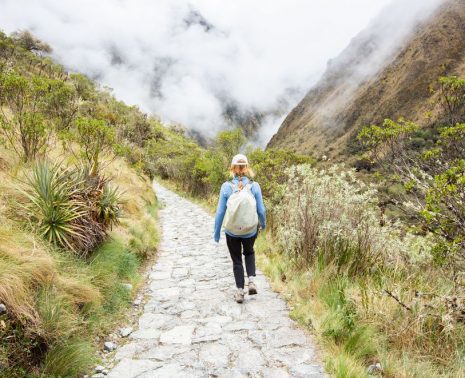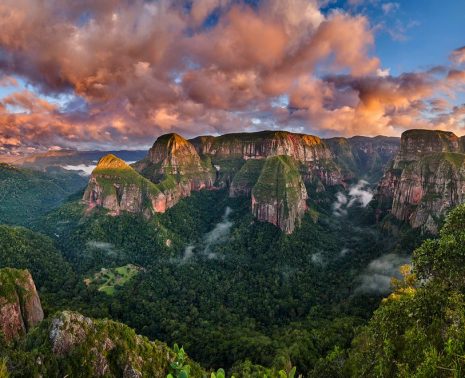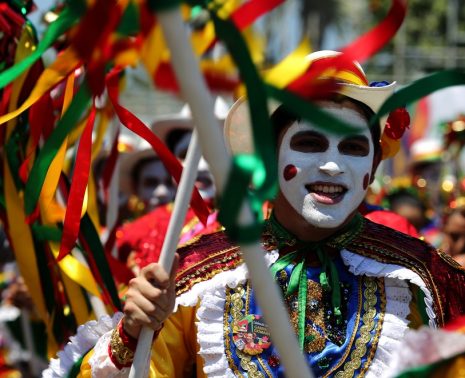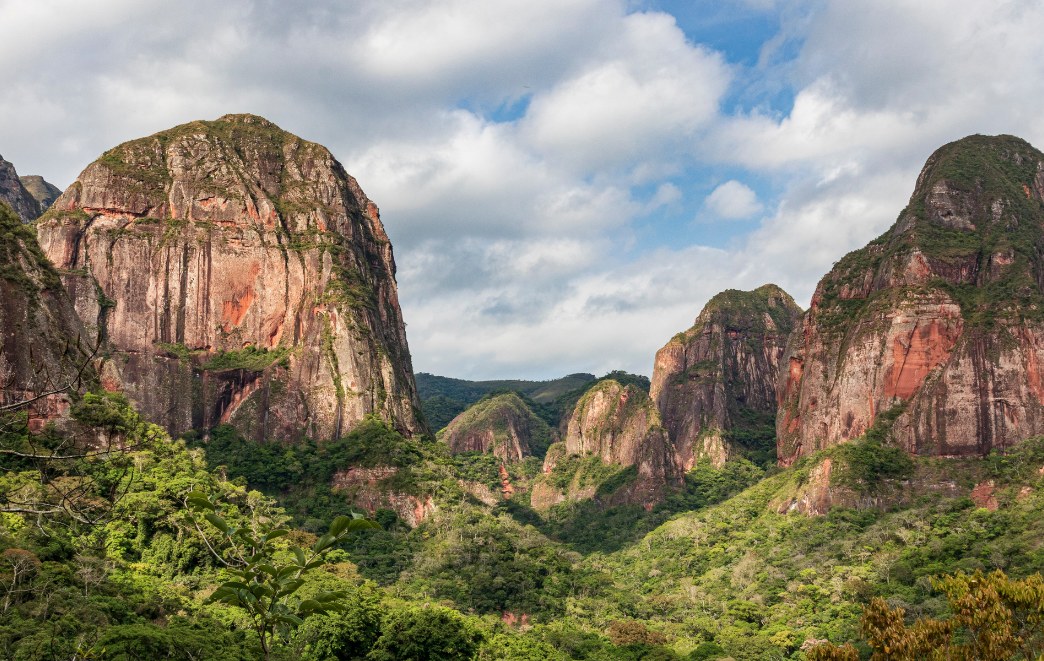
Amboró National Park in Bolivia is a special habitat for extensive wildlife due to the fact that it lies within three distinct ecosystems: the foothills of the Andes, the northern Chaco and the Amazon Basin. This makes it a “must-see” destination as this diverse biodiversity of three environments coinciding cannot be experienced anywhere else in the world.
With almost 3000 different plant species, Amboró National Park is one of the world’s most botanically rich national parks. It owes this authentic diversity to the variety of ecosystems which include lowland forests, palm forests, tree-fern forests, cactus forests, tropical forests, and cloud forests.
Amboró National Park is conveniently located only 40 kilometers west of Santa Cruz, which won’t drastically affect your travel itinerary. If you are seeking a natural getaway from city life, Amboró National Park is the perfect place to indulge in the lush green jungle and connect with mother earth. It boasts beautiful trails, incredible wildlife, breathtaking landscapes, stunning waterfalls, and more. It is definitely one of Bolivia’s many highlights.
We at Kuoda have summarized some important points to consider before embarking on your journey to visit this beauty firsthand.
Location
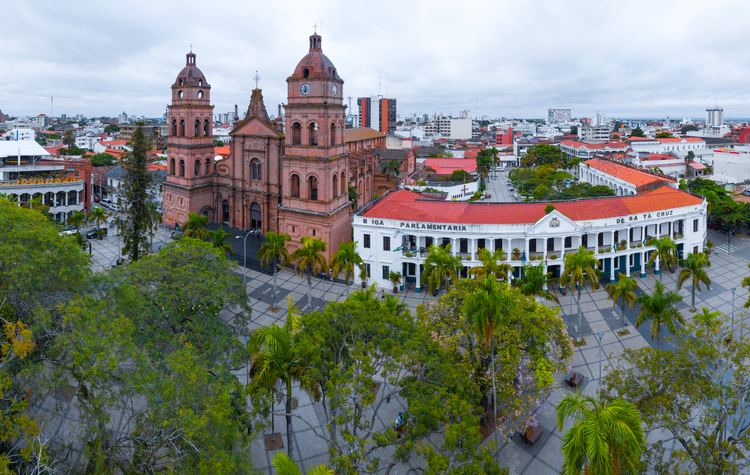
Amboró National Park is situated at the “Elbow of the Andes”, in the western part of the Santa Cruz Department of Bolivia. It is located only 40 kilometers west of Santa Cruz, in the foothills of Bolivia, making it a perfect add-on to your travel itinerary in Bolivia.
Amboró forms part of the Vilcabamba – Amboró Corridor. It begins at the Vilcabamba mountains in Peru and continues to Bolivia. It has an altitude of around 3000 meters in the westernmost part of the park, but most of the park elevates between 1000 meters and 2000 meters.
Biodiversity
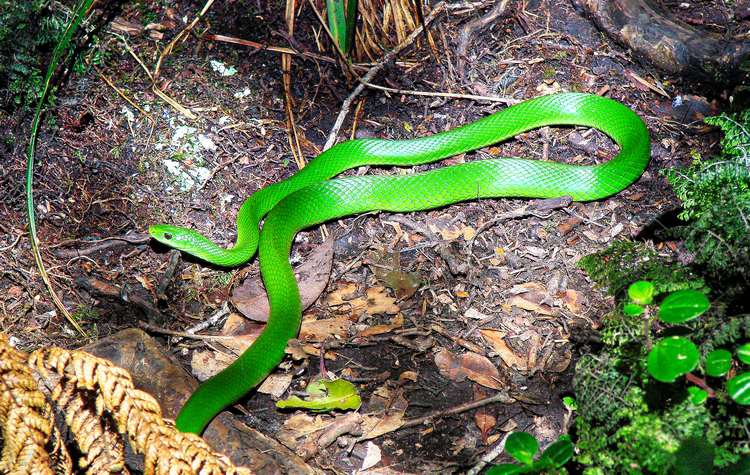
Amboró is one of the world’s most abundant national parks. It is home to almost 3000 different plant species, which can be attributed to the park’s distinctly divided topography. With different types of vegetation, giving life to a variety of forests, it attracts authentic wildlife to its diverse habitats.
Many big mammals can be observed here like armadillos, spider monkeys, jaguars, anteaters, ocelots, pumas, bears, and more. They feel at home in the dense forest-like vegetation, offering travelers the opportunity to see them in their natural abodes.
There are almost 830 different bird species found in the park, making Bolivia a top destination for birdwatchers. Expect to see hummingbirds, owls, macaws, toucans, curassows, and more – since the jungle hosts 60% of the country’s avian population.
Amboró is set on difficult terrain and due to the lack of infrastructure, a lot of the park has not been botanically surveyed yet. This makes it very exciting to know that there are many plant and animal species that still need to be discovered.
Activities
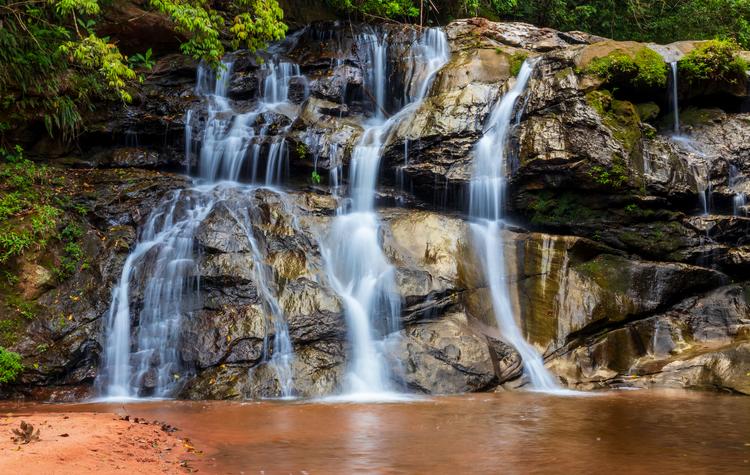
There are many things to do in Amboró, it all depends on your personal interests and the animals, plants or birds you are keen on seeing. For example, if you would like to see the giant sloth – visit the stunning region of Mataracú, or if you want to cool-off in a cascading waterfall – take a trek down to Jardin de las Delícias waterfall.
For the more adventurous types there are exciting outdoor excursions like canoeing, rafting, or kayaking along the river of Cajones del Ichilo. La Orquídea, La Cascada, El Cóndor, Los Loros, Bosque Seco y Amboró offers stunning trails for hiking lovers, and there is also the opportunity to hike over the Volcanes mountain range at Mirador Loma Borda for spectacular panoramic views.
Another exciting hike is the well maintained “Las Palmeras” circuit that takes you on a tour through giant trees and medicinal plants from the jungle. Go horseback riding if hiking is not for you, on one of the many eco trails near the Chonta Carbones community. For first-class wildlife viewing, visit the Laguna Verde, and see caimans and other jungle animals.
Explore mysterious caves, see dinosaur fossils, discover exotic bird species, stroll through the cloud forest, have a picnic at the Surutu River or visit Amboró Interpretation Center and learn about the different biological, geographic and cultural values of the National Park. There is literally everything for everyone to indulge in this natural wonderland in the elbow of Bolivia!
The difference between the North and South Side
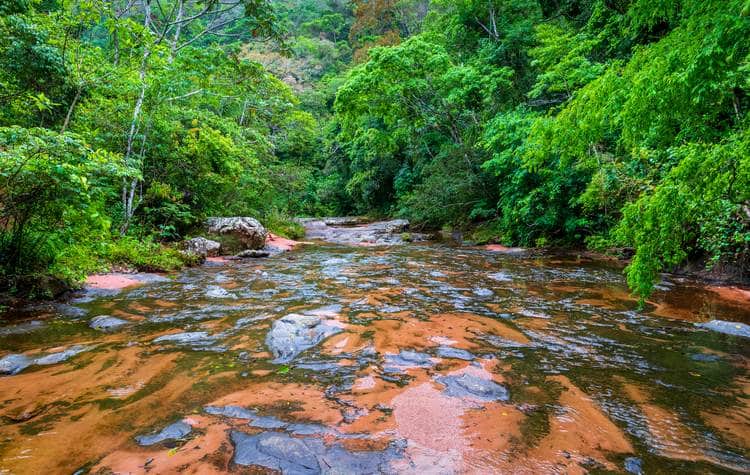
It is easy to access Amboró through two roads that connect the cities of Cochabamba and Santa Cruz. Three hours west of Santa Cruz by car, the park can be reached using either the old south road or the new north road. It depends on which side of the park you want to access.
On the north of Amboró there are 50-meter-high waterfalls cascading into the crystal-clear pools of Laguna Verde, and the “Las Palmeras” trail showcases huge trees and medicinal jungle plants. Cajones del Ichilo can be reached by canoe or kayak and not far away natural caves “Cavernas de los Guácharos” can be found.
The southern region has mystical cloud forests, volcanoes and trails that lead travelers deep into the jungle, far away from civilization. Three incredibly high waterfalls can be reached through the well-marked hiking trails in Jardin de las Delicias. It is possible to stay overnight in huts or tents in the village of El Torno.
Travel with Kuoda
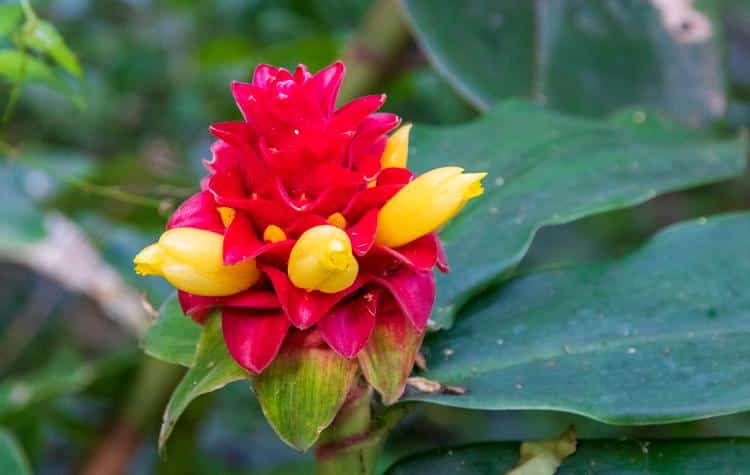
A visit to the Amboró National Park is an experience that can only be truly felt by doing it yourself. The park provides exceptional opportunities to view wildlife and birds in a way that cannot be expressed into words. It can be quite overwhelming to organize a trip like this, especially with so much contradicting information on the internet nowadays. We at Kuoda specialize in custom-made trips in South America, and we take into consideration the specific needs and requirements of every client. Get in contact with us today, and talk to one of our trip designers to start planning your trip as soon as possible.
How To Sustainably Visit the Inca Trail on Your Next Trip to Peru
Trekking the legendary Inca Trail to Machu Picchu is a dream for many adventurers, but with that dream comes t...
Read PostExploring Bolivia’s National Parks: A Paradise for Outdoor Adventure Enthusiasts
Nestled in the heart of South America, Bolivia’s National Parks stand as a captivating tapestry of diverse l...
Read PostA Guide To Visiting Carnival in Colombia in 2024
Colombia, a vibrant tapestry of culture and color, welcomes visitors to immerse themselves in the fervor of it...
Read Post

 Call
Call 







